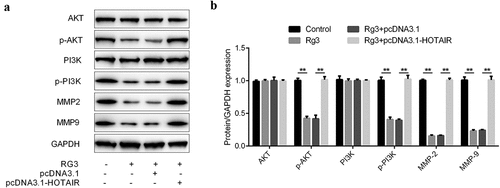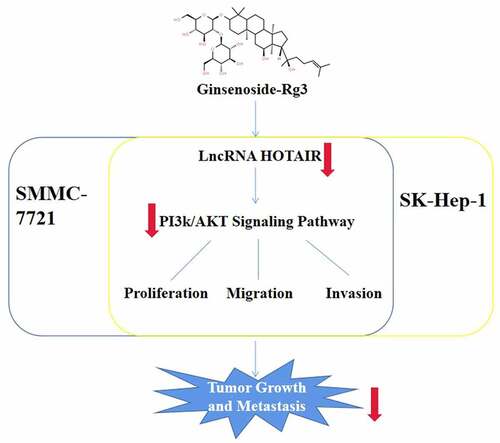Figures & data
Figure 1. Cell viability under different concentrations of ginsenoside Rg3
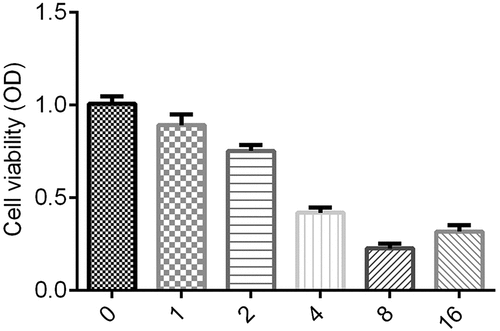
Figure 2. Reduced lncRNA-HOTAIR expression by ginsenoside Rg3
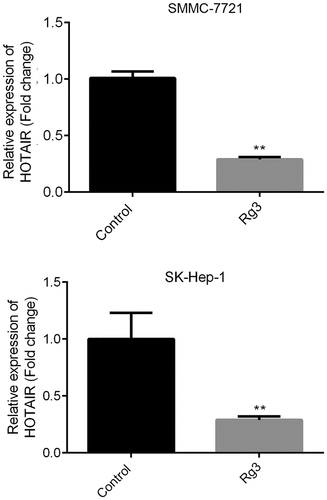
Figure 3. LncRNA-HOTAIR overexpression system
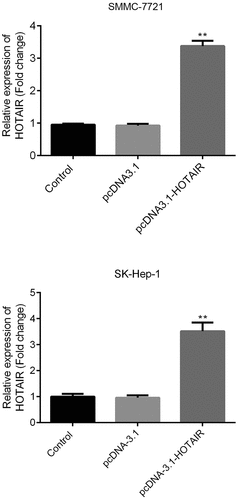
Figure 4. Inhibited cell proliferation rate by ginsenoside Rg3
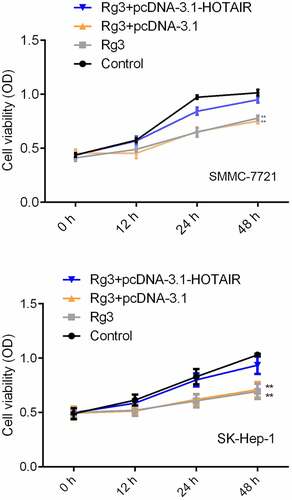
Figure 5. Inhibited cell migration by ginsenoside Rg3
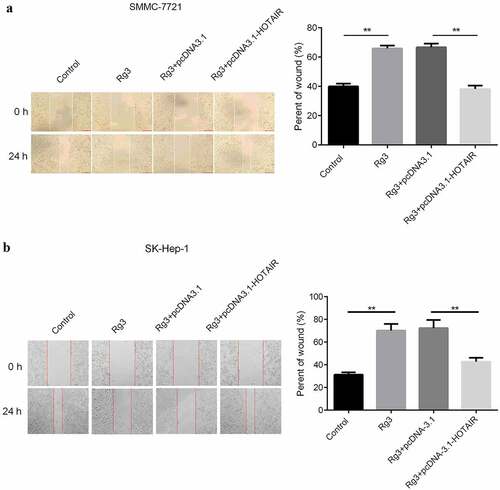
Figure 6. Inhibited cell invasion ability by ginsenoside Rg3

Figure 7. Inhibited expression of MMP2, MMP9, p-AKT, and p-PI3K by ginsenoside Rg3
